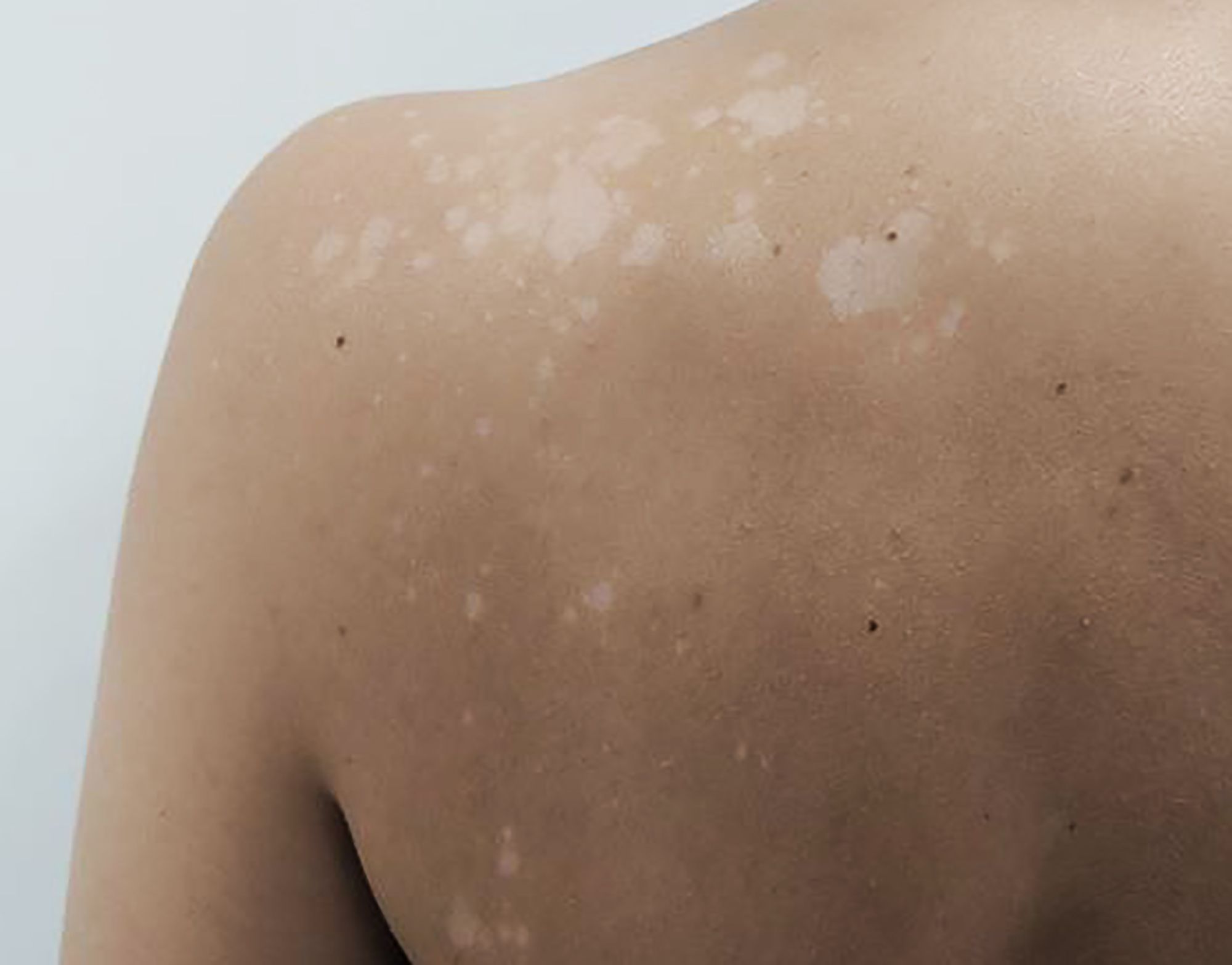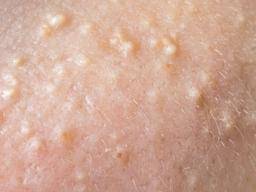Dry Spots On Back
Posted By admin On 12/04/22Dry spots do not always mean you have pressure points! The lowest point of the back behind the withers is at Thoracic Vertebrae 7&8. This is the part of the back with most up and down movement. Open sores (which may have oozing or crusted areas) that don’t heal, or that heal and then come back Basal cell cancers are often fragile and might bleed after shaving or after a minor injury. Sometimes people go to the doctor because they have a sore or a cut from shaving that just won’t heal, which turns out to be a basal cell cancer. Actinic keratosis is a rough, scaly patch or bump on the skin. It’s also known as a solar keratosis. Actinic keratoses are very common, and many people have them. They are caused by ultraviolet (UV) damage to the skin.
| PROPER BRIDGING FOR GOOD FIT WHEN RIDING! |
| WITHOUT THIS SPACE YOU'LL NEED BALANCE SHIMS FRONT & REAR! |
| BACK IS UP MORE AS REAR END IS ENGAGED ! |
| GUT TIGHTENED AND CONTACT IS PROVIDED VIA HORSE! |

| THIS Q/H NEEDS MORE GAP YET, FOR THE BACK TO LIFT. |
| WHEN RIDING, THE BACK COMES UP 1.5 TO 2.5 INCHES! |
| JUST THE GUT TIGHTENING & THE BACK IS UP ! |
| THIS HORSE'S BACK COMES UP MORE AS SPEED INCREASES! |
1) Adjust Rigging position to hold the saddle where desired on the horse, JUST BACK OF THE SHOUDLERS.
2) Shape the ground seat to balance the rider on this given horse. This must be checked while riding. It changes completely because of the horse's back lifting or rounding when carrying the rider.

White Dry Spots On Back
Dry Spot On Back Of Tongue
| Riders see this and think they have BRIDGING? NO.. |
| BACK UP! MOVEMENT ON ENDS DROPPING WITH PRESSURE IN FRONT, TIMBERLINE PANELS DID THIS! |
| GAITED HORSE>BACK UP SADDLE ROCKING, FRICTION ! |
| HORSE BECOMES PISSY AFTER FEW DAYS OF THIS. FLEX PANELS CAUSE IT TOO! |
| THIS ROCKING TREE WILL BE TWICE AS BAD WHEN RIDING |
| ORTHO TREES ARE DESIGNED TO ALLOW ROOM FOR PANELS TO MOVE, COPIED BY TREEMAKERS AS GAITED TREES, ETC |
Dry Spot On Back Of Throat
| BASIC SADDLE-FITTING PROBLEMS START HERE |
| SADDLETREE PROBLEMS EXPLAINED. IS YOURS LIKE THIS? |
| DRY SPOT THAT'S NOT GOOD; SADDLE TOO FAR FORWARD! |
| SMALL ENOUGH TO BE HIGH PRESSURE, AREA OF BARS BEHIND FORK. |
| DRY SPOT IS OLD DAMAGE! WON'T GO AWAY SOON. |
| A LEVEL BACK SADDLES USED TO FORWARD, NOT SORE! OLD DAMAGE. |
| FLARED BAR TREE CAUSED THIS WHITE HAIR !~ |
| GAITED & OTHER TREES COPIED OFF OLD ORTH-FLEXES CAUSE ROCKING AS ON THIS HORSE! |
| ANY CONTACT WILL CAUSE THIS EVEN THRU PADDING! |
| IF YOU HAVE CLEARANCE WHEN RIDING, YOU'LL NOT HAVE THIS! RUN LATIGO STRAP UNDER GULLET TO CHECK! |
| TALK ABOUT WHITE HAIR, NOW ABOUT TREELESS! |
| YOU CAN'T BALANCE RIDER IN A TREELESS SADDLE! RIDER TOO FORWARD, WHITE SHOWS FLUID UNDER SKIN! |
Dry Spot On Back Of Head
| THIS TREE IS GOOD COMPARED TO MOST, THEY ROCK BIG |
| THE BACK IS UP & YOU ROCK & ROLL DOWN THE TRAIL. |
| A COMBO OF PRESSURE AND FRICTION, ONE RIDE! |
| SAM TAYLOR OF COLEMAN TX. HAD SORES HEAL WHILE USING CORRECTOR! |
Dry Spots On Back Of Arms
| TYPICAL WEST SADDLE POSITIONING, 4' OVER SHOULDERS |
| TIE-DOWN TO TIGHT, TREE TOO WIDE & WAY FORWARD THEN DOUBLE PADDED: ALL TO BALANCE RIDER! |
| THE 'WATSON PANEL PINCH' WRONG ANGLE & WIDE TREE! |
| ANY SADDLE OR SYSTEM CAN PINCH WHEN THE WIDTH & ANGLE DON'T MATCH THE HORSE! |